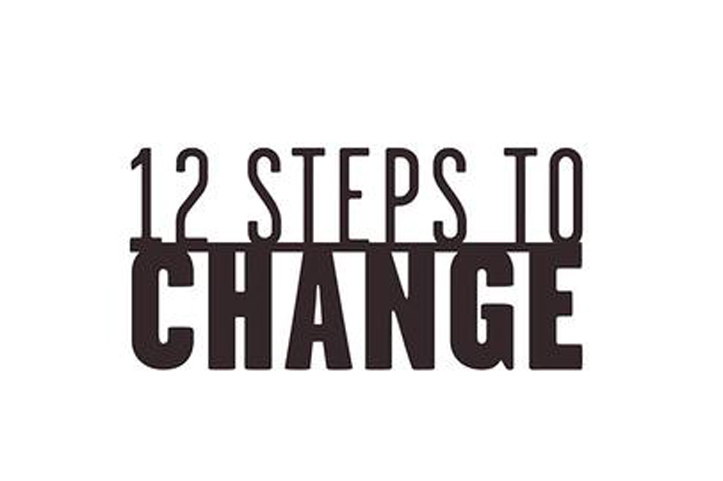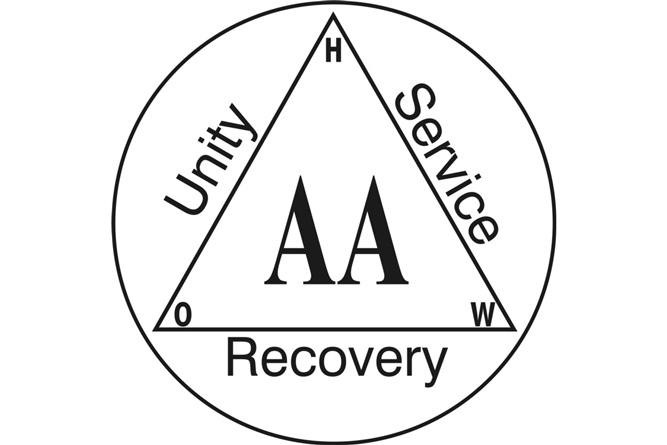Addiction is an extremely complicated disease, so it’s fitting that recovery would be an equally complicated venture. On the surface, it would seem that addiction recovery would be extremely straightforward: you just stop using drugs or abusing alcohol, right? But it’s not quite that simple. Just as there are many ways to become addicted, the path from addiction to recovery can take many forms, too. The specific method or methods used to achieve recovery will vary from person to person depending on his or her background, the severity of his or her addiction, and the substance which he or she is addicted.
Since there are many ways for an addict to overcome addiction, you can’t really say that one recovery method is better than another because all recovery methods are optimal for somebody. However, there are certain methods that have been found to have higher rates of success than others. For instance, inpatient addiction treatment programs tend to have higher rates of success than outpatient, which is likely due to the elevated treatment intensity of inpatient programs. Another recovery method — which happens to be extremely well-known and widely-recognized — is the twelve step method.
Below, we will be discussing twelve step recovery, starting with a brief mention of the relationship between spirituality and recovery as well as how the twelve step method was developed.
Spirituality and Recovery
Similar to the topic of addiction, spirituality tends to be an extremely controversial subject. Some individuals have extremely strong faith while others don’t, and there’s historically been strong disagreement over which is the “correct” way to be. While it’s inaccurate to say that a spirituality in recovery is more effective, there are many individuals who have found spirituality to have a central place in their recovery from addiction. But this begs the questions of what exactly, the benefits of spirituality for addiction recovery might be, and the answer to this question requires an understanding of what spirituality really is.
People often associated spirituality with religion, but the two are actually separate concepts. Being religious typically entails ascribing to a certain belief system or an actual religion; by comparison, spirituality refers to some level of belief that may not involve deities, afterlife, and other concepts that are frequently central to religion. However, religion can be considered a form of spirituality, so the term “spiritual” is used in lieu of “religious” since it’s more inclusive, referring to people of all types and levels of belief. This is an important distinction because both the people who are religious and the people who are spiritual draw strength from their beliefs, which helps them to persevere through addiction recovery and other types of trying times. Rather than being on their own, their spirituality provides inner strength and support.
The Origin of Twelve Step Recovery
Although it feels relatively new, the twelve step method has actually been in widespread use since the early-twentieth century. It was developed by Bill Wilson, an alcoholic who had been making the rounds at the recovery fellowships that were available in the 1930s. Most of those fellowships were heavily religious and tended to shame addicts as a means of discouraging them from imbibing. It was while attending these types of groups that Bill realized two things: religious fellowships were causing negative feelings that made relapse more likely, and approaching one’s faith from the other direction — from a more positive perspective — could actually be beneficial to one’s recovery. Between seeking his own sobriety and wanting to offer his aid to a colleague, Bill Wilson developed Alcoholics Anonymous and his renowned Twelve Steps in 1935. Just a few years later, Wilson’s twelve step method was published in the seminal Alcoholics Anonymous text that’s still used today and known as “The Big Book”.
What Exactly is a Twelve Step Program?
The remarkable thing about Wilson’s twelve step method was that it was all about positivity, empowerment, and liberation from guilt and shame by embracing your spiritual beliefs. When used correctly, Wilson’s methods were meant to take addicts who considered themselves hopeless or lost causes and make them into sober individuals who were able to remain abstinent through the strength of fellowshipping and of their spirituality. It was completely unlike any of the other recovery fellowships that existed at the time and it became extremely popular in just a short period of time.
In just a matter of decades, millions upon millions of addicts were able to get sober by learning Wilson’s twelve step method and applying the Twelve Steps to their lives. The steps, themselves, were ingeniously designed: It all began with the first step, which involved admission of powerlessness to mind-altering substances. Over the course of the ensuing steps, a person was to appeal to their higher power or sense of spirituality for the strength to overcome addiction. In later steps, a person would take a moral inventory and assess their character defects, making a point of amending or overcoming those defects no matter what it takes. The Twelve Steps also provided a means for individuals to repair damaged relationships by identifying anyone that they’d harmed over the course of active addiction and making amends to those people. With the final step, a person is ready to put the entire method into daily practice while also becoming a mentor for a new member to the fellowship, which was essentially propagation built right into the program to ensure its legacy.
Twelve Step Programs For Many Different Addictions
The Twelve Steps of Alcoholics Anonymous were found to be so effective that they were adapted for numerous other addictions, too. In short order, other twelve step programs were initiated, including Narcotics Anonymous, Cocaine Addicts Anonymous, Sex Addicts Anonymous, Gamblers Anonymous, and many, many others. Wilson’s initial focus may have been alcoholism, but it was soon apparent that his methods were effective for all addictions rather than just the one.
In the years since its inception, twelve step programs have grown to be one of the most popular and well-known methods of addiction recovery that exist. There are still those who are skeptical of its efficacy, but there’s no denying the results. Hundreds of millions of people have been able to beat their addictions by learning and working Wilson’s Twelve Steps.
Are You or a Loved One Struggling with Addiction?
If you or someone you love would like to learn more about the treatment options that are available, call Ohio Addiction Recovery Center toll-free at 800-481-8457. Our recovery experts are available anytime, day or night, to take your call.







